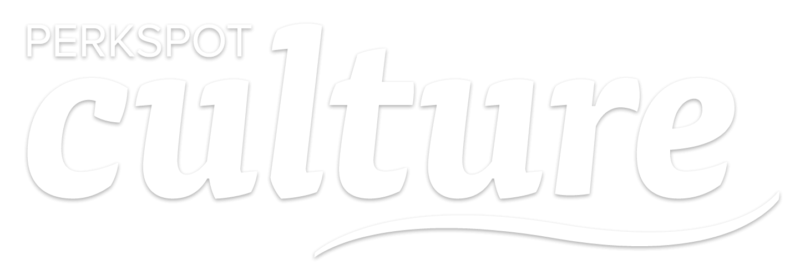What Culture Is (and Isn’t)
We throw the word around a lot but many of us don’t really spend time thinking about what company culture really means. You may think of unlimited vacation days, ping pong tables, outings with coworkers, or fun office events. These things may be a part of your culture, but is that all there is to it? What makes a company culture good or bad? How do we define what culture is (and isn’t)?

Culture Is… the Feeling Before Work in the Morning
We all get the Sunday Scaries so we’re not talking about a total escape from the actual work aspect of your job. But, the way you feel before work in the morning does speak a lot to your company culture. Do you dread seeing people when you get to the office? Are you overwhelmed with pressure from your boss? A great company culture knows how to motivate you to be your best and gives you work that challenges you in the right ways. It means waking up in the morning with an excitement for what lies ahead and anticipation for your future at the company.
Culture Isn’t… All Play and No Work
Sure, ping pong tables and beer on tap are great and can be a piece of your culture, but they aren’t the true meat behind what makes a company a great place to work. Perhaps you notice that more people seem to be extending their lunches but the number of new projects is slowly dwindling. If that’s the case, you might be in danger of having a sinking culture. What started off as an opportunity to motivate employees has become a distraction and there may be something deeper going on beyond the surface. Maybe these perks are nothing more than workplace traps.
Culture Is… Freedom to Express Ideas and Concerns
True company culture values transparency and honesty in the workplace. You should have open forums to discuss ideas and opportunities to ensure employees are heard. Great company cultures don’t pretend like everything is going well when it isn’t. Great cultures embrace the challenges and find ways to create solutions. They know how to include employees in solving problems and moving the business forward.
Culture Isn’t… Meaningless Perks
There are some crazy perks out there. From breast milk shipping to helicopter rides, not all perks are created equal. That’s why it’s important to provide benefits and perks that will apply to every employee. Culture doesn’t mean adding to your long list of (unused and unwanted) company perks. Provide perks that matter to everyone. Because 48% of employees are worried about their current financial state, providing an employee discount program that puts cash back in your employees’ pockets is a great way to add perks that make an impact for any employee.
Culture Is… Saying Thank You
One of the best ways to create a great company culture is by saying two little words: thank you. In fact, 80% of employees said they are more motivated to stay at a job longer and work harder when they receive appreciation for their work. Cultures with built-in recognition programs know how to reward employees the right way.
How would you define culture and what makes your company culture great?













